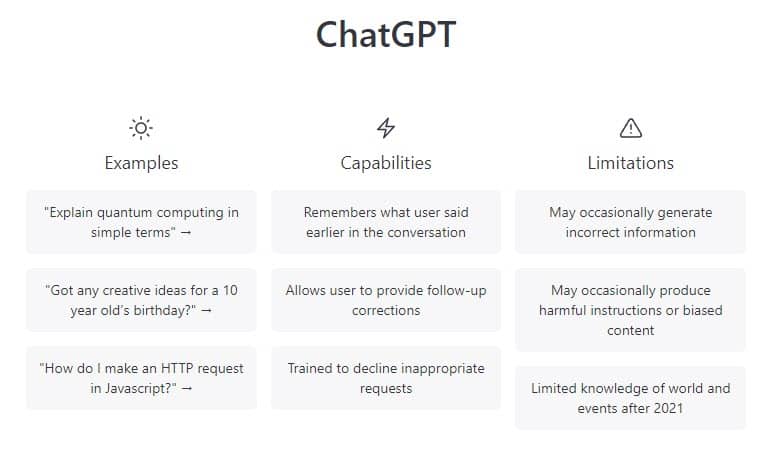What is chatGPT? A Comprehensive Guide to Understanding the Revolutionary Language Model
In recent years, artificial intelligence has advanced in leaps and bounds, revolutionizing the way we interact with technology. One of the most exciting and innovative developments in this field is chatGPT, a language model that uses machine learning to generate human-like text.
In this guide, we’ll explore the ins and outs of chatGPT, from its basic workings to its applications in the real world.

Table of Contents
What is chatGPT?
ChatGPT is a natural language processing model that uses deep learning algorithms to generate human-like text. Developed by OpenAI, chatGPT stands for “Generative Pre-trained Transformer,” and is part of a larger family of language models known as transformers.
Essentially, chatGPT is a machine learning system that can understand human language and generate responses that are grammatically correct, coherent, and contextually appropriate. This ability to generate human-like text has many exciting applications, including chatbots, content creation, and even creative writing.
How does chatGPT work?
ChatGPT works by using a vast amount of data to train a deep-learning model. The data is usually sourced from the internet, such as Wikipedia articles or social media posts. Once the model has been trained on this data, it can generate responses to text prompts based on the patterns and structure of the training data.
To generate text, the model uses a technique called autoregression, which involves predicting the next word in a sentence based on the previous words. This process is repeated multiple times to generate a complete response.
One of the key advantages of chatGPT is its ability to use context to generate more accurate and appropriate responses. The model can take into account the surrounding text when generating a response, allowing it to understand the nuances of language and produce responses that are contextually relevant.
Applications of chatGPT
ChatGPT has many potential applications across a wide range of industries. Here are just a few examples:
1. Chatbots: Chatbots are computer programs designed to mimic human conversation. ChatGPT can be used to power chatbots, allowing them to generate responses that are more human-like and contextually appropriate.
2. Content creation: ChatGPT can be used to generate content for websites, social media, and other digital platforms. This could include everything from product descriptions to blog posts.
3. Customer service: ChatGPT can be used to power virtual assistants and customer service chatbots. This could help businesses provide more efficient and effective customer service.
4. Creative writing: ChatGPT can be used to assist in creative writing, such as generating story prompts or even writing entire stories.
FAQs
Q: How accurate is chatGPT?
A: The accuracy of chatGPT depends on the quality and quantity of the training data. In general, the model is very accurate and can generate responses that are almost indistinguishable from those written by humans.
Q: Can chatGPT be used for malicious purposes?
A: Unfortunately, like any technology, chatGPT can be used for malicious purposes such as creating fake news or impersonating individuals online. However, there are efforts underway to develop safeguards against such misuse.
Q: Will chatGPT replace human writers?
A: While chatGPT can generate human-like text, it cannot replace the creativity and nuance of human writers. Instead, it is more likely to be used in conjunction with human writers to enhance and streamline the writing process.
Conclusion:
ChatGPT is a revolutionary language model that has the potential to transform the way we interact with technology and communicate with each other. Its ability to generate human-like text has many exciting applications, from chatbots to content creation to customer service.
While there are potential concerns around the misuse of chatGPT, there are also efforts underway to develop safeguards and ensure that the technology is used ethically.
As chatGPT continues to evolve and improve, it has the potential to change the game in the world of natural language processing. Whether it’s helping businesses improve their customer service, providing creative prompts for writers, or simply making our interactions with technology more human-like and natural, chatGPT is an exciting development that is well worth keeping an eye on.
So next time you interact with a chatbot or read an article generated by an algorithm, there’s a good chance that chatGPT played a role in making that experience possible.




